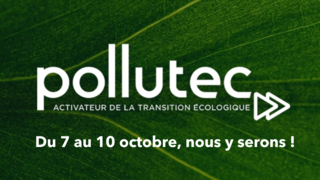How to measure the biogenic carbon content of waste to be incinerated?
WESSLING offers biogenic carbon analysis to support customers in their waste recovery or in reducing their GTPA. What are the current standards and what methods are used? How is the biogenic carbon content of waste to be incinerated measured?

Here are the answers in brief:
WESSLING bases its analysis on the following standards:
- EN 15440 standard
or, since 1 January 2021,
- ISO 21644 standard
We have three different methods available to measure the biogenic fraction of CO2:
- Carbon 14 method: C14 is a radioactive element that gradually decays to C12 (common carbon). Its content is directly related to the age of the product. The older the (fossil-based) product, the lower the C14 content.
- Selective dissolution method: The idea is to dissolve the biomass fraction contained in the sample. The proportion of synthetic (fossil-based) carbon can be determined by subjecting the sample to aggressive washes and comparing the carbon before and after washing.
- Manual sorting method: The test consists of visually separating the different fractions of the samples into synthetic products and biomass.
Do you have any questions? Do you want to reduce your GTPA? Would you like to have your CO2 analysed? Contact us directly!
Your contact
- Pauline Castillazuelo
- +33 6 13 51 29 59
- pauline.castillazuelo@wessling.fr




